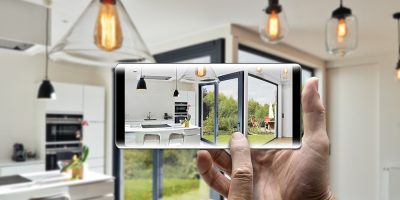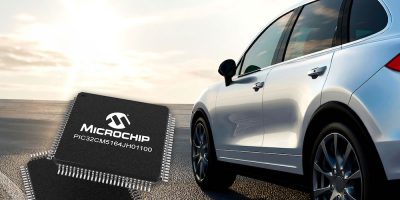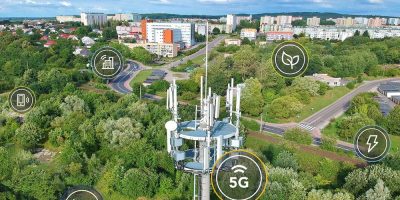Energy harvesting switches from ZF are able to detect if the windows in smart homes are open or closed. The energy harvesting switch can be integrated into the window handle and can inform of each opening or closing of the window. The mechanical actuation of the RF switch is created by the change of the window handle status. A small voltage is generated which transmits an RF protocol. This information is used to monitor the status of the window.
The completely battery-free and wireless technology can be realised with different RF protocols such as Bluetooth, EnOcean or customer-specific RF protocols. The system can also be used for several applications within building automation, for example lighting, shutters, doors and windows.
Despite its compact size and the high energy output, the generator provides a lifetime of one million switching cycles, confirmed ZF.
ZF will present a window handle demonstration with solutions for status monitoring of windows and doors at Light + Building from 2nd to 6th October 2022 in Frankfurt (Hall 9.0, Stand B54).
ZF is a technology company supplying systems for passenger cars, commercial vehicles and industrial technology, enabling the next generation of mobility.
ZF allows vehicles to see, think and act. In the four technology domains of vehicle motion control, integrated safety, automated driving and electric mobility, ZF offers products and software for established vehicle manufacturers and newly emerging transport and mobility service providers. ZF electrifies a wide range of vehicle types and, with its products, contributes to reducing emissions, protecting the climate and enhancing safe mobility.
The company operates 188 production locations in 31 countries.







